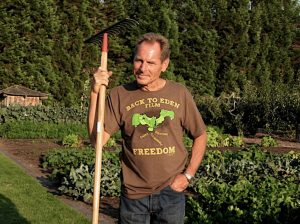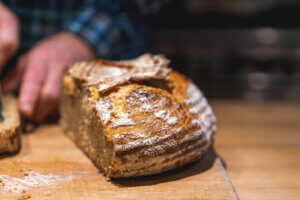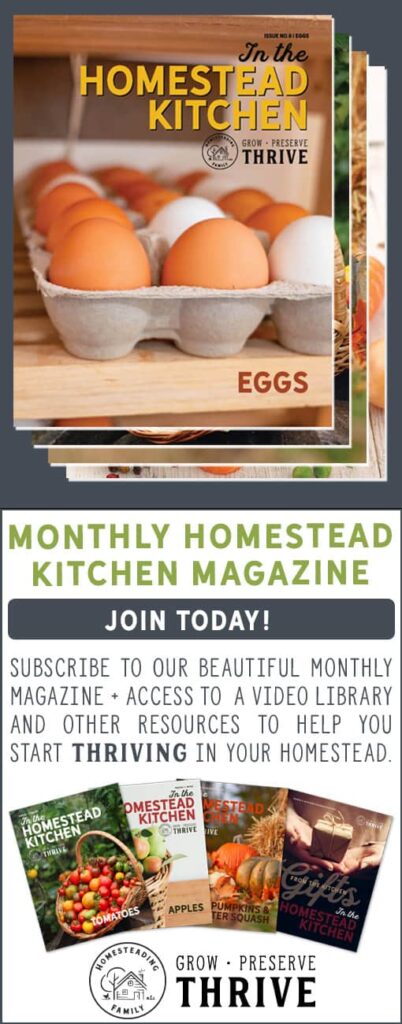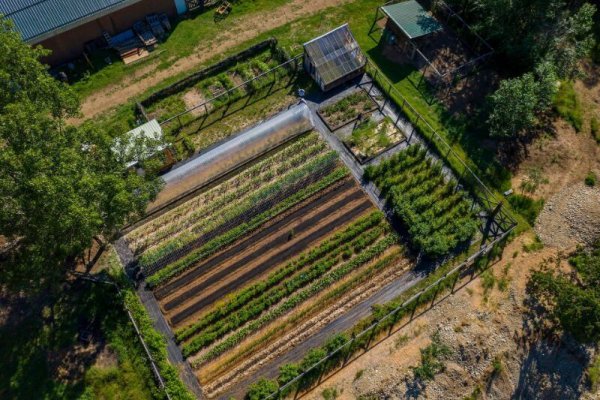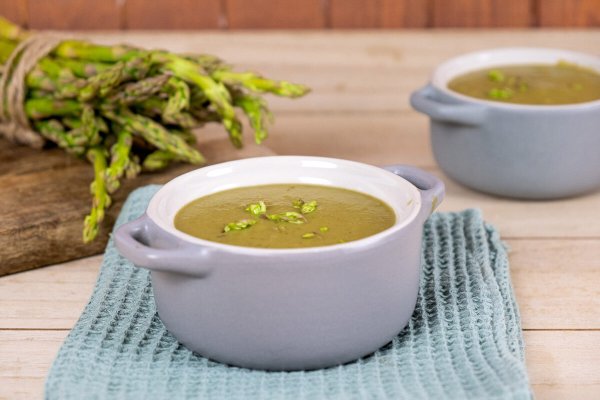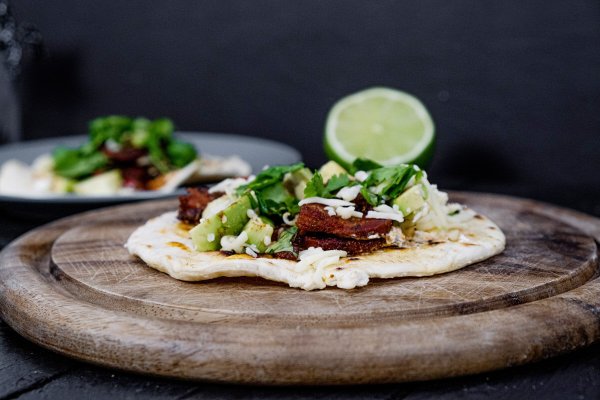


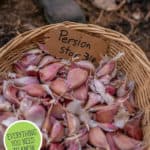






Garlic is a wonderful and easy crop to grow. It’s important to know how to plant garlic for the best yield and harvest. Here are the basics when it comes to planting and caring for garlic including when to plant and how to care for it while it’s in the ground.
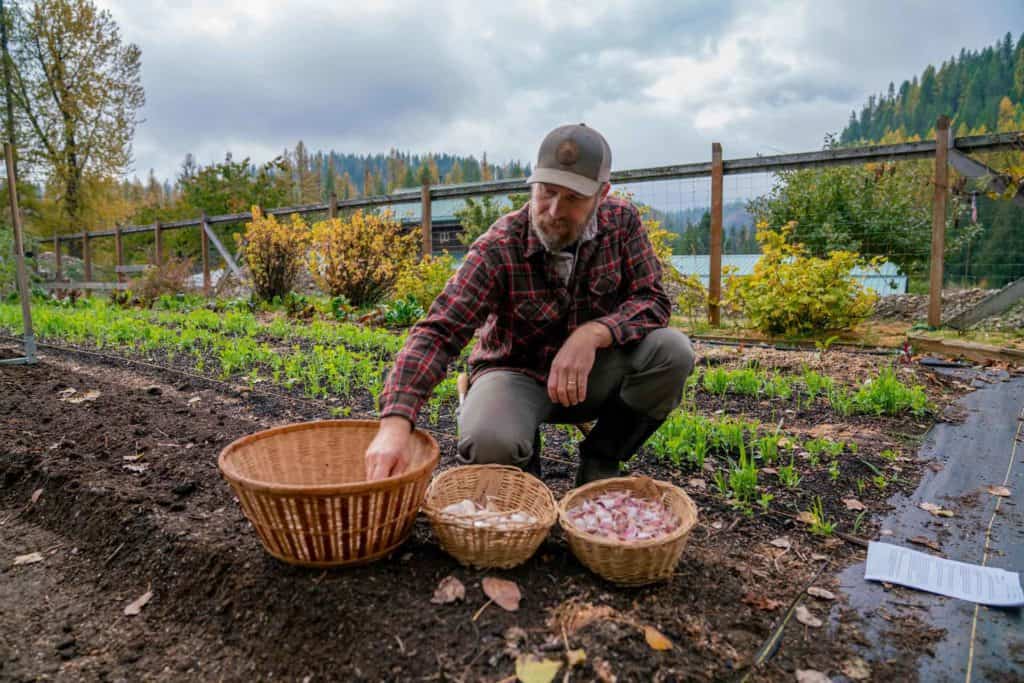
We love having homegrown garlic around the homestead. This is our second year planting in our current garden and we’re still narrowing down which varieties work best, so we’re planting multiple kinds this year, about 500 cloves in all!
We use it for delicious flavor additions to our meals (especially stir-fries), and because of garlic’s medicinal and health benefits. Garlic is easy to preserve (try freeze-drying garlic) and use later as homemade garlic salt or easy pickled garlic.
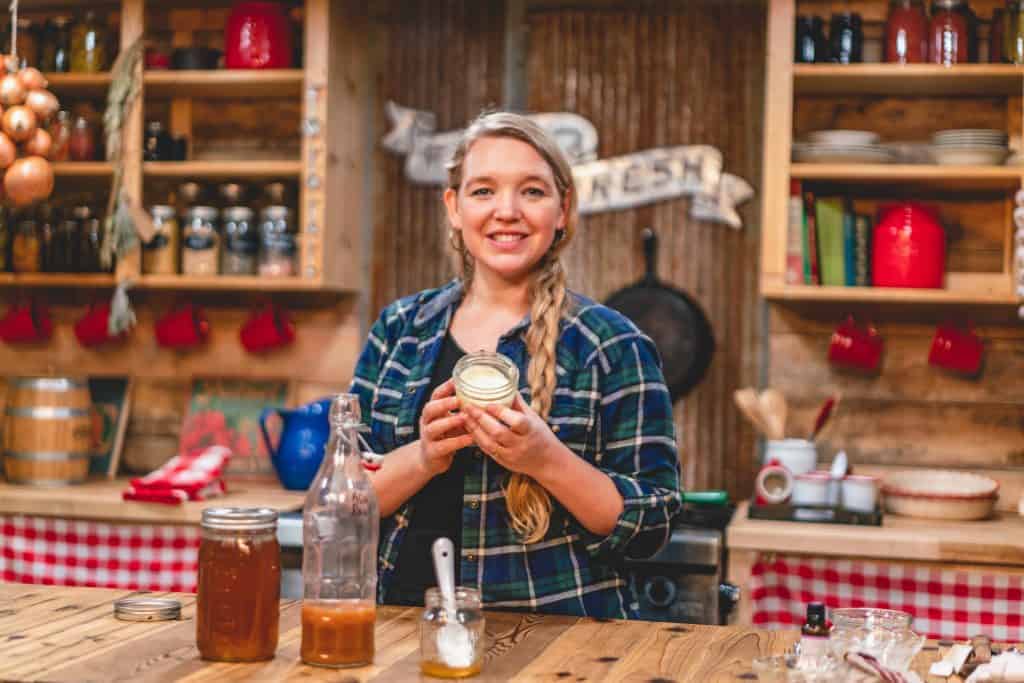
Whenever someone comes down with a cough or chest congestion, we’ll use it for a homemade garlic salve to help loosen the cough.
If you’re looking to plant garlic this fall, or maybe you’re running late and still want to get some planted in the spring as soon as the ground is workable, watch the video below and read on for all our tips and tricks to planting garlic.
Unlike planting tomatoes, peppers, and cucumbers, garlic is ideally planted in the fall. You don’t need to start seeds indoors, and you don’t need a fancy hoop house or bean tunnel (although we do love these things for our other crops!).
Getting garlic in the ground is a great thing to do just after you get the garden ready for winter. You may want to read the top 10 common gardening mistakes to avoid, as well! And then start daydreaming about spring with these spring garden planning ideas, tips, and tricks.
Garlic Varieties and Garlic Types
Hardneck Garlic
- Hardneck garlic varieties generally have larger cloves.
- They are better suited to cooler climates.
- Stronger or more flavorful garlic.
- Grows a garlic scape in the Spring which is edible and delicious.
- They do not store as well and will tend to shrivel within 4-6 months of harvest.
- A few hardneck varieties include “Purple Glazer”, “Metechi”, “Chesnok Red”, “Spanish Roja”, and “Siberian”.
- A bonus for the home cook is that hardneck garlic varieties tends to be easier to peel!
Softneck Garlic
- Softneck varieties have a smaller clove and cluster pattern.
- They do better in warmer climates.
- They are not as flavorful, but still delicious.
- Store much longer than the hardneck garlic. They’ll last many more months when stored correctly.
- Yields smaller cloves.
- A few varieties of softneck garlic include, “Silver White”, “Inchelium Red”, “Italian Loiacono”, and “California Softneck”.
Try both varieties! By growing both hardneck and softneck garlic, as well as different varieties within those categories, you’ll know which garlic grows better in your gardening zone and your specific climate within that zone.
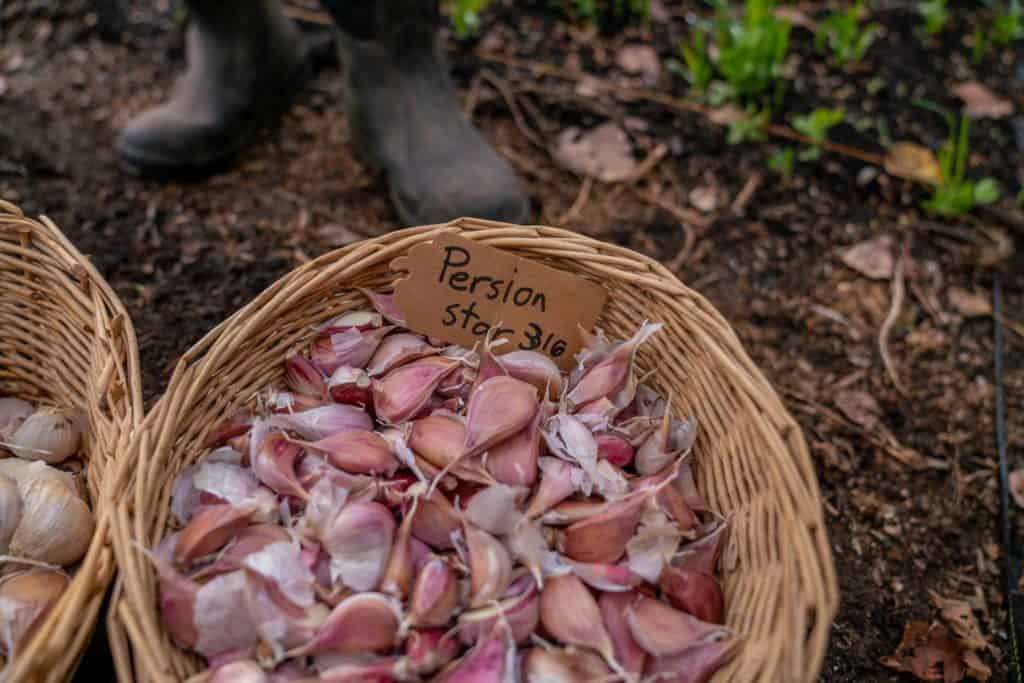
Preparing Garlic for Planting
If you’re planting garlic that you grew the previous year, you’ll need to prepare your garlic by breaking the bulbs into individual cloves.
Peel off any loose or excess hull (the papery skin of the garlic), leaving just a thin layer.
You don’t want to strip the garlic clove down to the bare garlic, but if you have any loose skins, you can remove that.

Prepare Garden Beds
We practice the no-till garden method, so I like to lay down a layer of compost a couple of weeks before prepping the soil to plant the garlic.
Pictured above is the broadfork I use to loosen the soil. By using this tool I can maintain my “no-till” gardening method of not disturbing the soil.
Too much tilling stirs up weed seeds where they can germinate and steal nutrients from the soil. Because garlic is such a heavy feeder, we need as many nutrients in the soil as possible for a healthy crop.
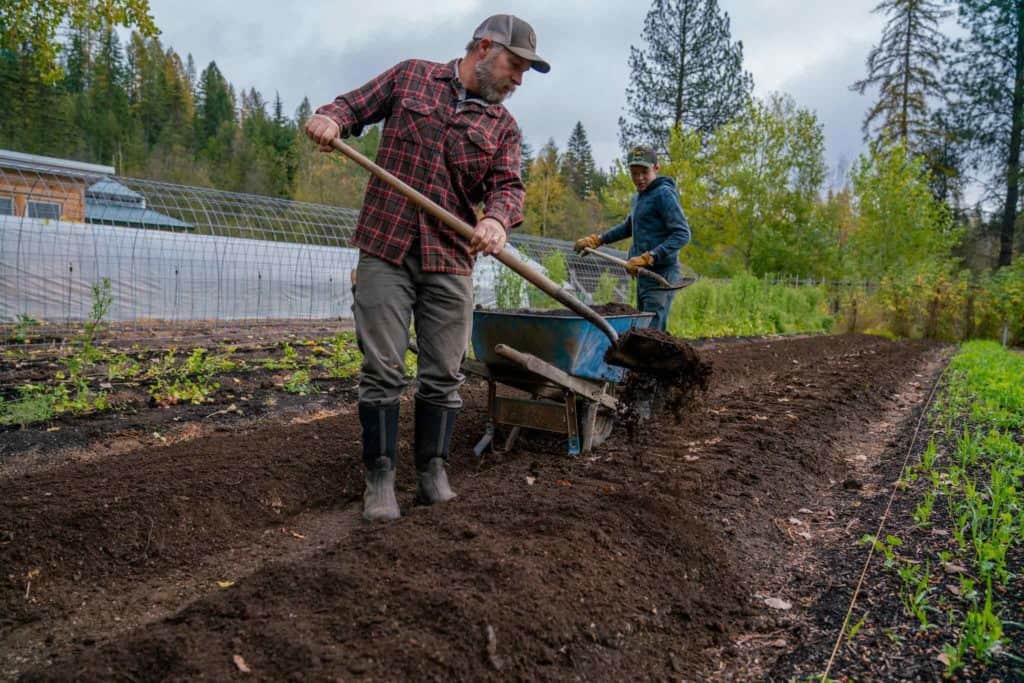
Compost and Fertilizer
After I go through my bed with a broadfork to loosen up the soil, I then add in another layer of compost before planting the garlic.
Garlic likes loose light soil that’s not very wet. It’s a heavy feeder and will need a lot of nutrition.
This top layer of thick compost will give adequate nutrition but also acts as a blanket of mulch over the bed, protecting it throughout the winter. See below for more tips on mulching.
I don’t like to use any chemical fertilizers but occasionally will add in some homemade bonemeal or some of the homemade fertilizer recipe (web archive link) that I got from Steve Solomon.
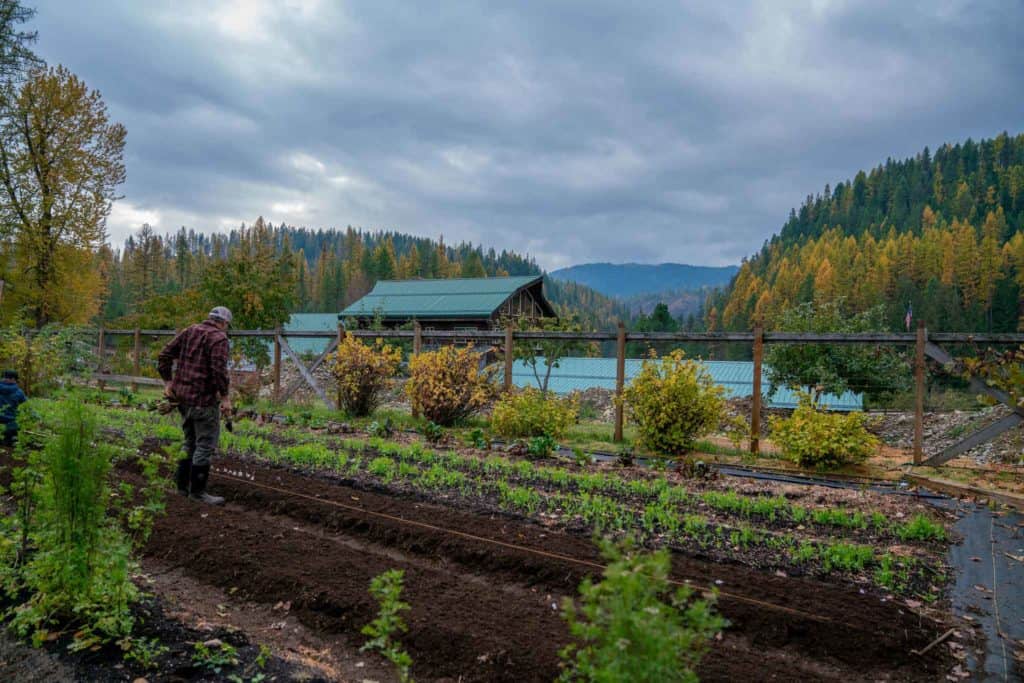
When to Plant Garlic
Generally, garlic is planted in early fall, which in the Northern Hemisphere is late September to late October, depending on your frost dates and climate. Once the ground freezes you’re too late.
You really want to get garlic planted early enough to let them get rooted a bit before the ground freezes, but you don’t want to give them long enough for the shoots to poke out from underground before the cold winter weather hits.
Can I Plant Garlic in the Spring?
You can plant garlic in the early Spring, but you’ll want to get it in the ground as early as the ground is workable.
You’ll likely still get a decent harvest, but your garlic bulbs will be smaller than if planted in the fall. Not only will the heads of garlic be smaller, but the cloves within each bulb will be smaller as well. You definitely won’t be calling them “elephant garlic”, even if it is!
Follow all the steps listed in this post for planting garlic, making sure to water one inch each week.

How to Plant Garlic
- Prepare the soil by loosening with a broadfork
- Add compost and/or fertilizer
- Prepare garlic cloves
- Plant root end (fat end) down and bulb end (skinny end) up, about two inches deep (or twice as deep as the garlic clove is long)
- Space garlic cloves 4-6 inches apart (depending on soil health)
- Cover with soil
- Water (if needed)
We like to stage our garlic before planting so we know just how much space we’ll need. We try to choose a nice area of the garden that will get full sun come spring. If you don’t have a space that gets full sun, just choose an area that gets as much sun as possible.
Determining how far to space your garlic depends on how healthy or depleted your soil is. If your soil is in need of nutrition, and you’re working on building it back up, you’ll want to plant 6 inches apart. If your soil is really healthy, you can get as close as 4 inches.

Take your spade, make a hole, drop the garlic clove in and cover it up! You’ll want to plant the cloves about twice as deep as the garlic is long.
Watering Garlic
If you have moist soil with fall rains coming, you may not need to water until next Spring. In fact, we aren’t planning to water our garlic at all since we’re well into fall here on Riverbend and are getting plenty of rain (and even snow!).
If your climate runs a little drier, you’ll want to water about an inch per week until the rains come.
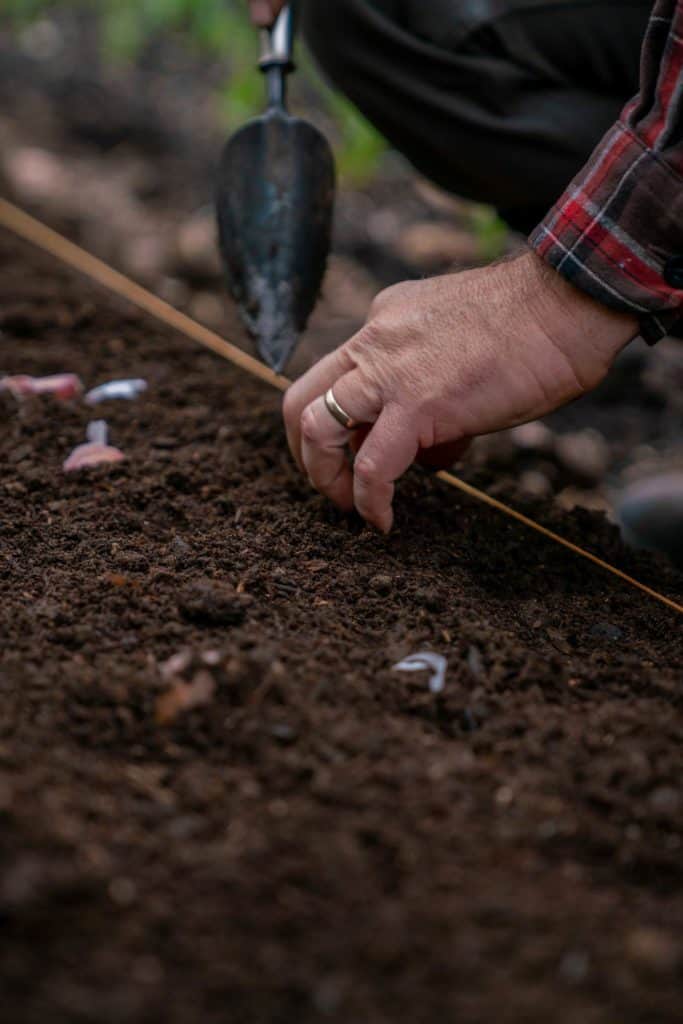
Garlic Planting Tips & Tricks
- Garlic needs a lot of nutrition, if your soil is depleted, it won’t grow well.
- Keep your soil loose, workable, and aerated. Garlic prefers soil that’s healthy and not packed down. If you have heavy or clay soil, you’ll need to add in plenty of amendments in order for garlic to grow well.
- Garlic does NOT like competition. Keep your beds free of weeds. (Here are our best tips for eliminating weeds in the garden.)
- Garlic DOES make a good companion plant because it repels common pests to cabbage and tomatoes. It can also help prevent fungal overgrowth on pepper plants.
- You can add a layer of mulch to help protect your garlic from extreme cold and snow. Mulching also helps retain moisture and slows down the weed pressure.
- If you’re wondering if you can plant garlic in containers, the answer is yes! I’d recommend adding a nice layer of mulch to the top to protect from cold winter weather. Because of garlic’s high nutrient needs, container gardening is a great way to ensure garlic gets adequate nutrition without needing to fertilize your entire garden.



